Eat your fruits and vegetables! Sounds like your mom, right? To a point, she was right. But if you are not careful how you eat your fruits and vegetables, and more, you could wind up pretty sick. . .or even dead! It turns out that many of these healthy, natural foods contain poisons, even though you wouldn’t assume so in a million years. You need to know which foods are potentially harmful and what to do to avoid having your potatoes put you in the hospital. Potatoes are on the list, and so are 16 other fruits, veggies and nuts that you should be vigilant about. Wonder if you can spot the foods in your house that can poison you?…
1. Cherries
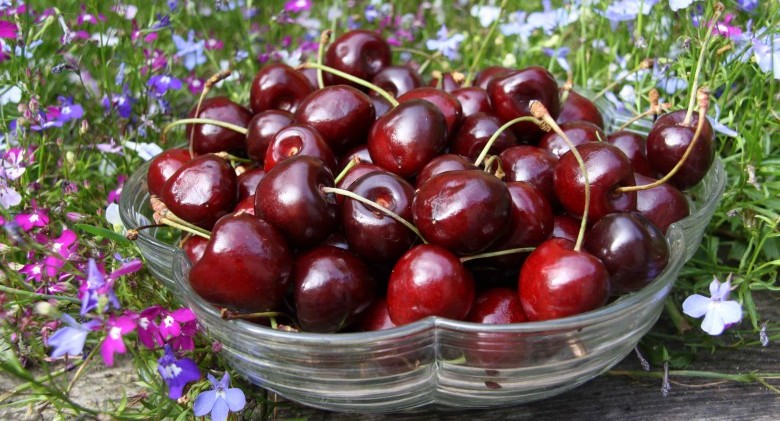
Tart cherries can help you sleep better because they provide melatonin. Sweet cherries can lower your blood pressure because they provide potassium. Cherry pits can make you rush to the hospital because they provide cyanide. One or two pits are probably no big deal, as far as the cyanide is concerned, because our body can break it down into safe compounds. Ingesting large amounts of cyanide, i.e. too many pits, can lead to headaches, dizziness, vomiting, anxiety, kidney failure or even death from respiratory arrest. Enjoy your cherries. Spit the pits.
2. Honey
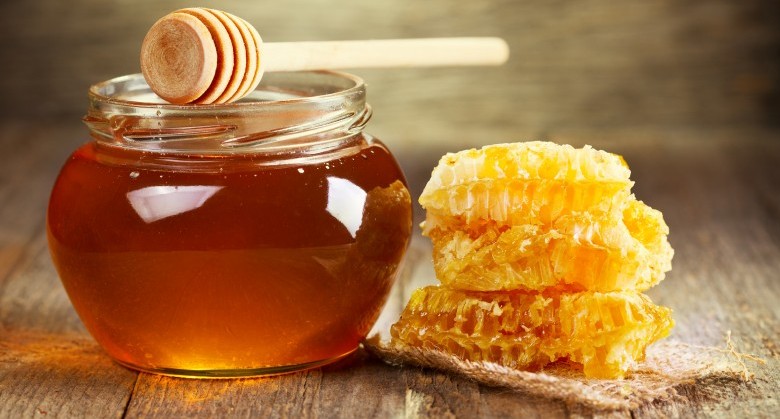
Allergies aside, honey is perfectly safe for human consumption if it’s pasteurized. Raw honey, however, can give you food poisoning and lead to cramps, diarrhea, nausea, vomiting and fever. Children under one year of age should never be given honey in any form or amount. It could cause a rare type of food poisoning called infant botulism. The symptoms, which could take anywhere from hours to one week to show up, start as constipation followed quickly by floppiness, a weak cry and poor feeding ability. The baby’s breathing may also be affected. You can call your baby honey. Just don’t feed it to him.
3. Lima Beans
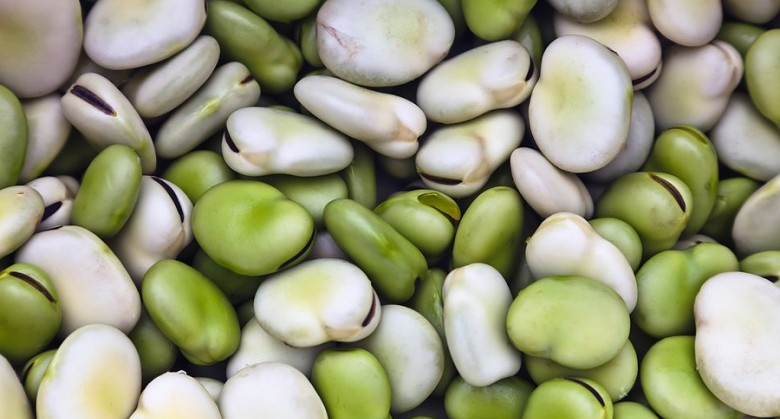
Lima beans offer lots of nutrition: vitamin B-6, potassium, iron, magnesium, and fiber. They also contain limarin in their raw form. Limarin is toxic. That’s not the worst news. Raw lima beans also have cyanide. A handful of raw lima beans can make you violently ill. Cook them well for ten minutes, and you’ll get the nutritional benefits of these legumes, and not the poison that can send you to the hospital.
4. Cassava Root
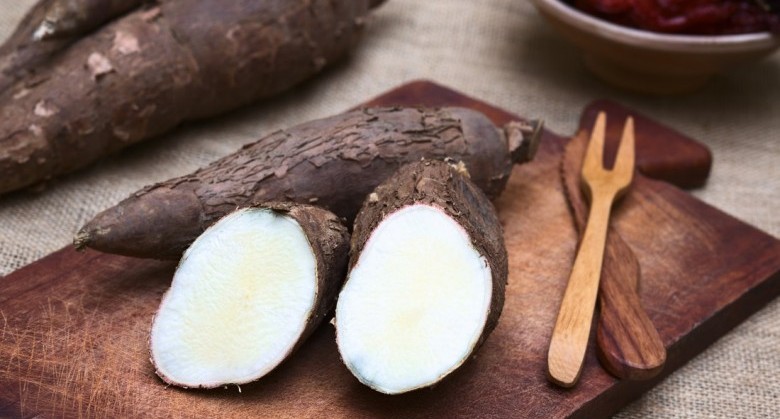
Another cyanide-containing veggie is cassava root. Popular in tropical countries, cassava—a.k.a. yucca—is known for its plentiful vitamin C, potassium and dietary fiber. However, it’s not well known for its poisonous properties. There are two types of this vegetable, bitter and sweet. Sweet cassava can be eaten after peeling and cooking them. Bitter cassava is more complex. To remove the cyanide in its flesh, cut the roots into small pieces, boil them and then soak ‘em. These steps will allow you to serve the nutrition, not the poison.
5. Rhubarb
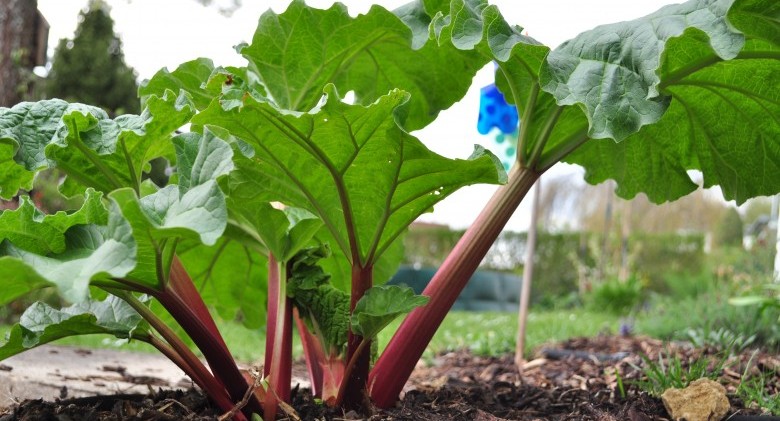
The stalks of rhubarb can grow to be two feet long. These red and green stalks are the edible portion of the plant, and deliver its potent punch of vitamin C and calcium. The leaves, however, are another story. They contain oxalic acid. . . which is commonly found in metal cleaners and bleach. At high concentrations, this chemical substance is poisonous. Burning mouth, burning throat and difficulty breathing are all symptoms. As tempting as they may be, do not eat the leaves of rhubarb.
6. Apples
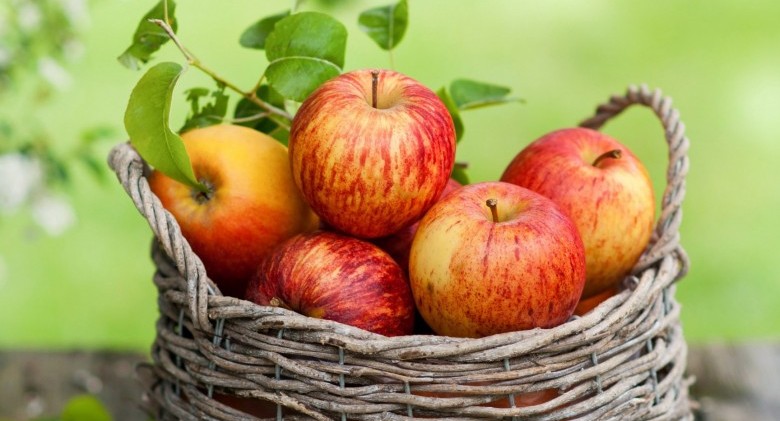
An apple a day might keep the doctor away. . .or send you to see him! Apples have two poisonous problems. First, the seeds contain amygdalin, a substance that can release cyanide if you chew the seeds and they come into contact with your digestive enzymes. Small amounts can be detoxified; large amounts can be dangerous. Second, apples are on the Environmental Working Group’s Dirty Dozen list of fruits and vegetables that retain the highest levels of pesticides. When you eat an apple, you want the taste and the nutrients, not the pesticides!
7. Red Kidney Beans
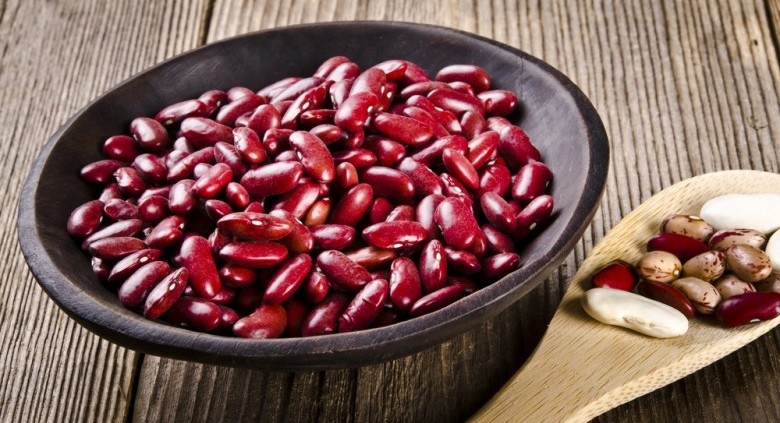
Red kidney beans can wreak havoc on your digestive system if they’re not prepared properly. These beans contain a toxin that, if eaten raw, or even if eaten when not fully cooked, can cause extreme nausea, severe vomiting, and diarrhea. These are the results of eating as few as four or five raw beans! To make sure your kidney beans are not toxic, soak them in water for at least 5 hours, then use new water and boil them briskly for at least 10 minutes.
8. Mushrooms

Do you know mushrooms? Do you really know mushrooms? Many are popular culinary delights, while many others are fatally poisonous. Best to stick with the mushrooms you know. Portobello and shitake are popular varieties that are safe. However, if you’re going to try a tasty-looking new specimen, take only a couple small bites the first time you try it to test your body’s response. Also, keep a raw sample in your fridge. . . just in case. Symptoms sometimes are delayed up to 12 hours or longer.
9. Potatoes
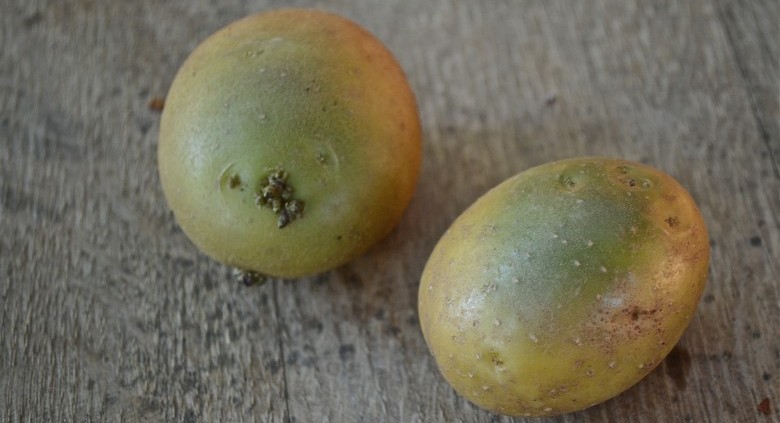
Potatoes also make the Dirty Dozen list of fruits and veggies. On top of that, they contain two chemical compounds that can be poisonous: solanine and chaconine. These are natural pesticides in potatoes, but when your spuds are exposed to light, these chemicals can turn poisonous and cause gastrointestinal distress and all the painful, gross symptoms that go along with it. They can also cause fever and hallucinations. Store your potatoes in a cool, dark place, and don’t eat them if they’re green.
10. Cashews
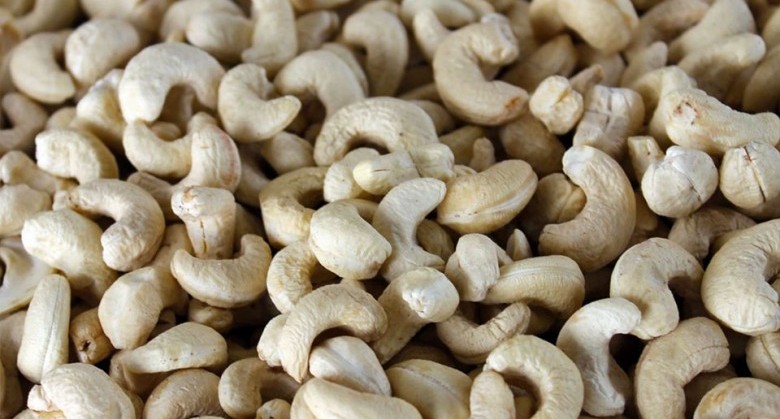
Raw cashews are the culprit here. And so are the leaves on the cashew tree. (Are you around cashew trees and need to be warned to not eat the leaves?) The leaves and shells of cashews contain urushoil. It’s the same compound that gives poison ivy its reputation. You don’t want to touch, much less eat, urushoil. If you live in the U.S., almost all cashews sold are cooked. Even “raw” cashews have been steamed. To be safe, ask the food store manager before buying your cashews.
11. Chilies
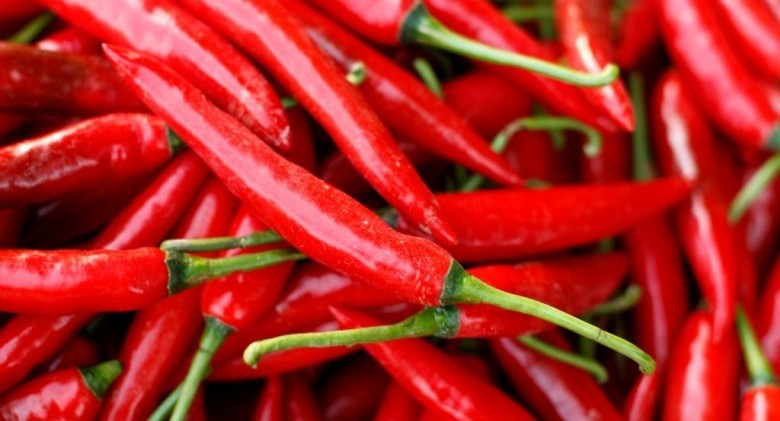
There are hundreds of chili varieties worldwide, and each contains a chemical called capsaicin. Capsaicin gives the chilies their “heat,” and it is an irritant. It is so potent, some versions of police-grade pepper spray contain it. You can also find it in paint stripper. In really “hot” chili peppers, the capsaicin can irritate your skin. If consumed in large quantities (a true feat), the capsaicin can give you gastro problems. In very rare cases, death resulted. Best to limit your intake.
12. Castor Beans
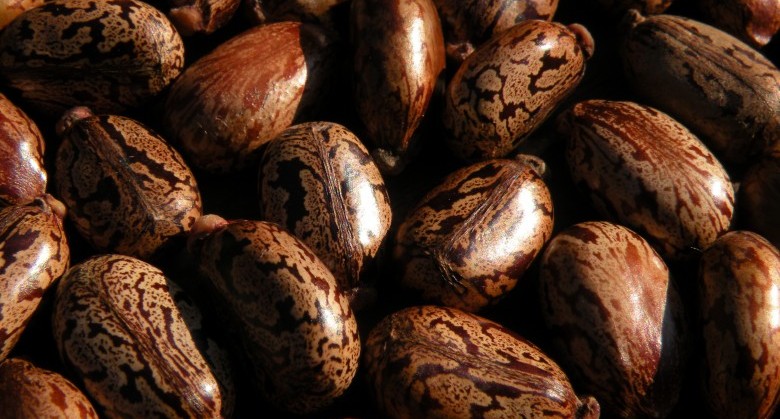
Castor beans yield a high-quality oil that is used in several industries including pharmaceutical, cosmetics, and plastics. It’s even used to make lubricants for high-temperature engines found in planes and race cars. In people, castor oil has benefits as a laxative as well as a stimulant to start labor in pregnant women. However, castor beans contain ricin, a highly toxic protein. If you chew on castor beans, even just one, you can release the ricin and the results can be painful.
13. Tomatoes
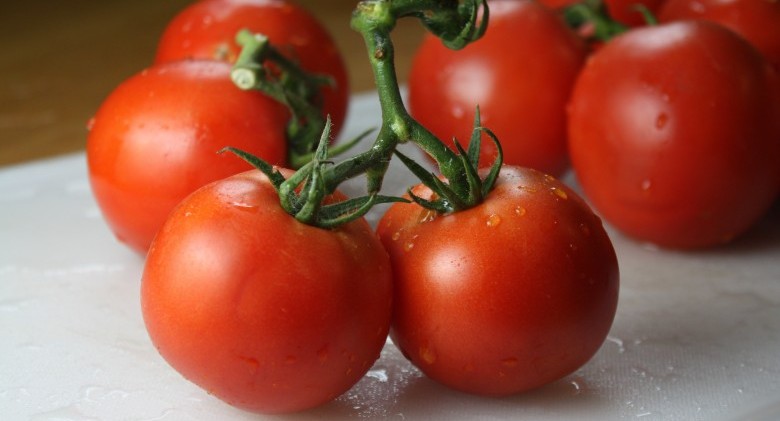
Cherry tomatoes earned a spot on the Dirty Dozen because they retain so much of the pesticides used to keep them bug-free. However, it’s the tomatine you must avoid, and it is found in the stem of tomatoes. Make sure to remove the stem completely before dropping ’em in your soup, eggs, or salad. Also, canned tomatoes have been associated with cancer. The acid in the tomatoes reacts with the BPA in the cans for an unhealthy result.
14. Almonds
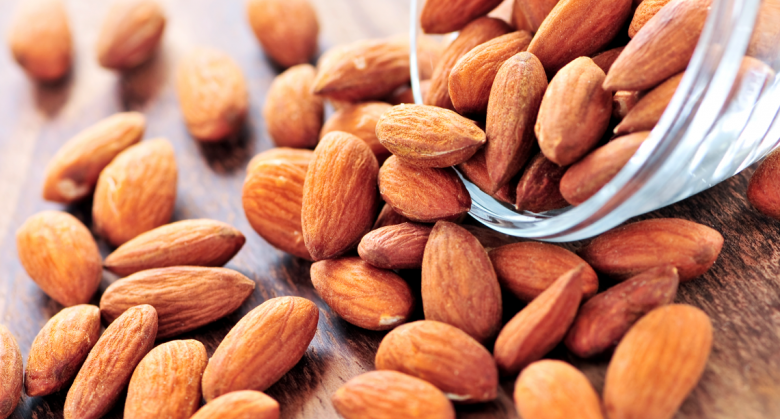
Almonds are high in the healthy fats associated with reducing the risk of heart disease. They are also full of magnesium, manganese, copper, iron, steel (just kidding), phosphorus, fiber and vitamin E. Very, very healthful. But. . .bitter almonds can be bad. They contain cyanogenic compounds that, when digested, turn to cyanide. Therefore, bitter almonds are not sold inside the United States. If you’re in another country, you’ll need to check if your almonds are truly the bitter type, and if they are, don’t eat them.
15. Nutmeg
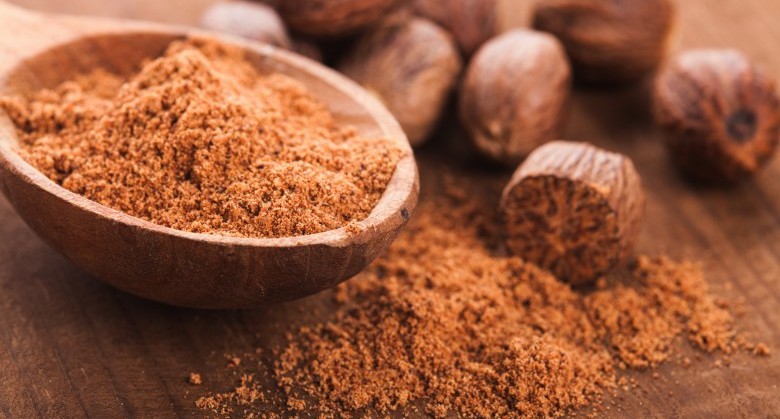
Nutmeg is the seed of an evergreen tree and native to Indonesia, although now it’s cultivated in the Caribbean, too. Toxicologists call it “an interesting spice.” A couple tablespoons can cause hallucinations (if you’re lucky) or nausea, headaches, dry mouth and delirium if you’re not. It’s like a “two-day hangover,” said one doctor. It has also been linked to abdominal pain, bizarre behavior and feeling a sense of impending doom. That will not make you fun at parties. Go easy on the nutmeg—for everybody’s sake.
16. Ackee
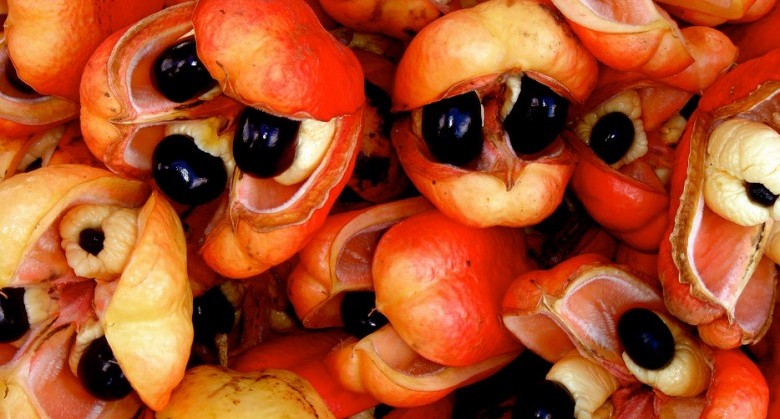
It’s Jamaica’s national fruit. It’s sweet and it offers essential fatty acids, vitamin A, zinc, and protein. That’s if you eat it when it’s ripe. If you eat ackee too soon, it offers Jamaican vomiting sickness. As unpleasant as that sounds, it could get worse and result in death. The problem stems from two toxic compounds it contains: hypoglycin A and hypoglycin B. Wait for the fruit’s protective pods to turn red and open naturally before enjoying some. Oh, and avoid the seeds. They’re toxic, too!
17. Elderberry
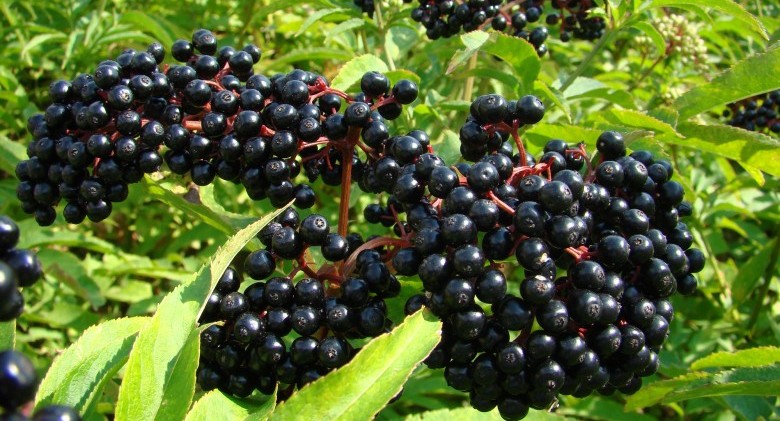
Here comes cyanide again! The roots of the beautiful elderberry tree are highly poisonous. The seeds are, too. If you eat elderberry, make sure you cook it, otherwise you’ll be subjected to a toxic alkaloid. But the cyanide lies in the leaves and stems. Elderberry tea made with the leaves is credited with the most deaths from this fruit. Eaten properly, it will give you a whole lot of vitamins A and C, iron and even calcium.
[Featured image credit: indianapublicmedia.org]
